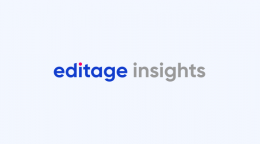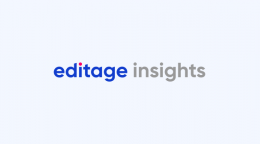Quick tips on using commas, brackets, and dashes in a research paper

When it comes to writing a paper, all information is not equal: some of it is given as an aside—not essential, but interesting, useful, or "nice to know." How do you mark this kind of information? The most common, and least obtrusive, way is to enclose such information within a pair of commas, as in "Potassium cyanide, which has a characteristic bitter-almond smell, is a deadly poison." Grammarians call the additional information a "non-restrictive clause" and the pair "non-defining commas." But that is another post.
However, there are two other devices, namely enclosing the additional information within brackets (parentheses) or enclosing it—like this—with a pair of em dashes.
Now, how does one choose among the three alternatives? Well, the choice depends on the effect that you as a writer want to achieve or your assessment of the value of that additional information.
1. Use commas when you do not want to disrupt the flow. A pair of commas encloses the additional information with least distraction: the extra info blends smoothly with the rest of the text.
2. Use brackets when the information is purely incidental and unimportant but may help some readers. A typical use is to define a quantity in an alternative unit of measurement, as in "The car was traveling at 60 kilometers (roughly 37 miles) per hour."
3. Use em dashes to emphasize or highlight the information, as in "It is possible—indeed very likely—that biotechnology will bring in prosperity for farmers."
Read this article to understand the comma usage better: Scientific writing: Comma usage in "if-then" sentences.
Published on: Mar 18, 2014
Comments
You're looking to give wings to your academic career and publication journey. We like that!
Why don't we give you complete access! Create a free account and get unlimited access to all resources & a vibrant researcher community.

Subscribe to Manuscript Writing
Translate your research into a publication-worthy manuscript by understanding the nuances of academic writing. Subscribe and get curated reads that will help you write an excellent manuscript.












